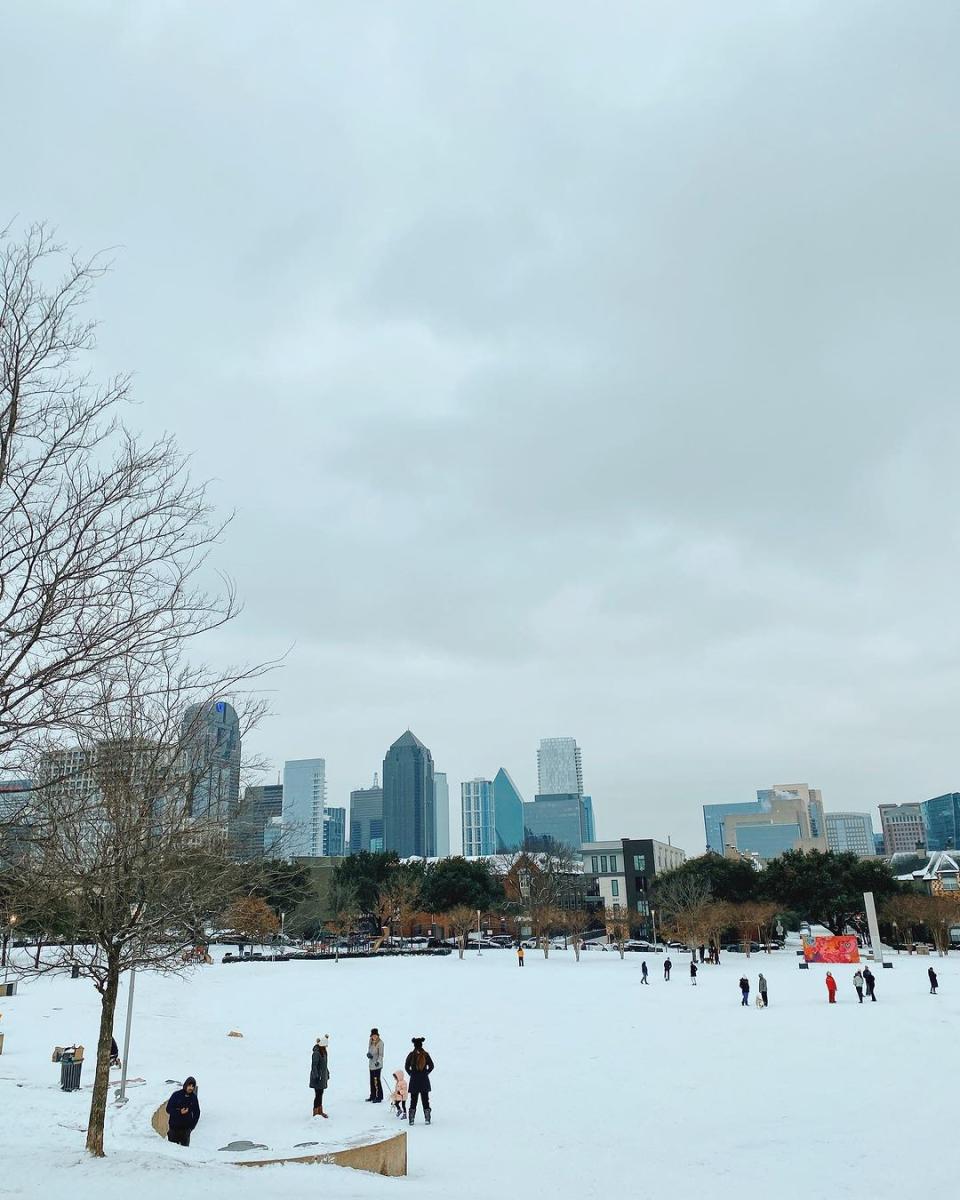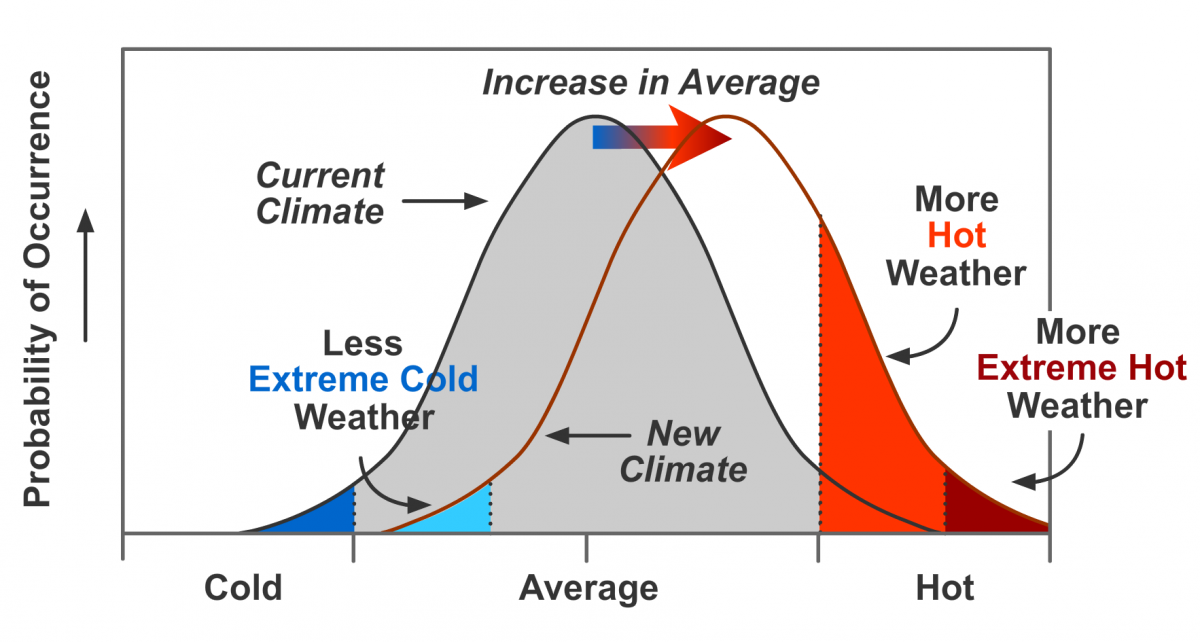The city of Dallas, Texas, is known for its vibrant culture, economic opportunities, and, notably, its extreme weather. From blistering heatwaves to unexpected cold snaps, Dallas experiences a wide range of weather conditions that profoundly affect its residents, infrastructure, and the environment. This article explores the dynamics of these weather extremes, their causes, impacts, and the measures taken to prepare for and mitigate their effects.
The Heatwaves of Dallas

Heatwaves in Dallas are not just uncomfortable; they can be dangerous. Defined as a prolonged period of excessively hot weather, heatwaves in this region are characterized by high temperatures, often exceeding 100°F (38°C). They typically occur during the summer months, particularly in July and August.
Historical Context and Climate Trends
Historically, Dallas has recorded some of the highest temperatures in the United States. According to the National Weather Service, the city has experienced temperature extremes that have risen over the decades, largely due to climate change.
- The average number of days exceeding 100°F has increased from about 10 days per year in the 1950s to over 20 days in recent years.
- In 2011, Dallas recorded a staggering 100 days of temperatures above 100°F, marking one of the hottest summers in its history.
- Climate models predict that the frequency and intensity of heatwaves will continue to increase, posing significant risks to public health and safety.
Impact on Public Health
Heatwaves significantly impact public health, leading to increased hospitalizations, heat-related illnesses, and even fatalities. Vulnerable populations, such as the elderly and those with pre-existing health conditions, are at a heightened risk during extreme heat events.
- In 2019, the Texas Department of State Health Services reported over 100 heat-related deaths across the state.
- Heat exhaustion, heatstroke, and dehydration are common ailments during peak summer heat.
- Public health campaigns aim to educate residents about recognizing heat-related symptoms and the importance of staying hydrated.
Mitigation Strategies
In response to the increasing frequency of heatwaves, Dallas has implemented several strategies to mitigate the effects on its residents:
- Establishing cooling centers where residents can seek refuge during extreme heat.
- Promoting public awareness campaigns that encourage hydration and outdoor safety during peak temperatures.
- Investing in urban greening initiatives to increase shade and reduce the urban heat island effect.
Cold Snaps in Dallas
While Dallas is known for its warm climate, it is not immune to severe cold snaps. These events, characterized by sudden drops in temperature, can lead to significant disruptions in daily life.
Understanding Cold Snaps

Cold snaps in Dallas typically occur during the winter months, particularly from December through February. These events can bring freezing temperatures, ice storms, and even snow, which are relatively rare in this region.
- In February 2021, Dallas experienced a historic winter storm that brought unprecedented cold and ice, leading to widespread power outages and water supply disruptions.
- Temperatures plunged to 6°F (-14°C), breaking records and leading to numerous accidents due to icy roads.
- The storm caused an estimated $195 billion in damages across Texas, highlighting the vulnerability of infrastructure to extreme cold.
Economic and Social Impacts

The economic and social impacts of cold snaps in Dallas can be profound:
- Businesses often face closures and reduced consumer activity during extreme cold events.
- Transportation disruptions can lead to lost wages and productivity for many workers.
- The strain on emergency services during ice storms can overwhelm local resources.
Preparation and Response

In light of the challenges posed by cold snaps, Dallas has taken steps to improve its preparedness:
- Developing comprehensive emergency response plans that include provisions for extreme cold weather.
- Investing in infrastructure improvements to ensure that power grids can withstand severe weather events.
- Encouraging residents to prepare emergency kits and winterize their homes to cope with unexpected cold.
The Intersection of Heatwaves and Cold Snaps
The juxtaposition of heatwaves and cold snaps presents unique challenges for Dallas. The city’s infrastructure and residents must adapt to handle both extremes, which can occur in rapid succession.
Climate Change Considerations
Climate change is a key factor influencing the frequency and intensity of weather extremes in Dallas. As global temperatures rise, the likelihood of severe heat events increases, while unusual cold snaps may also become more common due to shifting weather patterns.
- Research indicates that climate change may lead to more intense heatwaves, while simultaneously affecting the polar vortex, which can result in colder winters.
- Adaptation strategies must be multifaceted, addressing both the heat and cold extremes.
- Public policy must focus on sustainable practices to mitigate climate change and its effects on weather extremes.
The extremes of weather in Dallas, from relentless heatwaves to sudden cold snaps, pose significant challenges for both residents and local authorities. Understanding the historical context and the potential impacts of these weather phenomena is crucial for effective preparation and response. As climate change continues to influence weather patterns, Dallas must adapt to these extremes through strategic planning and community engagement.
Key takeaways include:
- Heatwaves have become more frequent and severe in Dallas, necessitating enhanced public health measures.
- Cold snaps, while less common, can lead to significant economic and social disruptions, as evidenced by the 2021 winter storm.
- Preparation for both extremes is essential, requiring coordinated efforts between government, businesses, and residents.
- Addressing the underlying causes of climate change is vital for reducing the severity of future weather extremes.
As the city navigates these challenges, a proactive approach will be key to ensuring the safety and resilience of its communities in the face of ever-changing weather patterns.